On apples and pears, larvae penetrate into the fruit and tunnel to the core, leaving holes in the fruit that are filled with reddish-brown, crumbly droppings called frass. If left uncontrolled, larvae can cause substantial damage, often infesting 20 to 90% of the fruit, depending on the variety and location. Late maturing varieties are more likely to suffer severe damage than early varieties.
MANAGEMENT
Codling moth can be very difficult to manage, especially if the population has been allowed to build up over a season or two. It is much easier to keep moth numbers low from the start than to suppress a well-established population. In trees with low levels, codling moth often can be kept to tolerable levels by using a combination of nonchemical management methods; however, it is important to begin implementing these measures early in the season.Several methods are available for reducing codling moth that don’t require using insecticides. Selecting varieties that are less susceptible to damage, such as early-maturing apples and pears and late-leafing walnuts, can greatly reduce the potential for damage. This can be especially important in the hot Central Valley climates that have additional generations and result in higher population pressure.
Once trees are planted, nonchemical control methods include sanitation and fruit bagging. These methods are described below. Thinning out and removing infested fruit on the tree is an especially important part of an IPM program for codling moth. Pruning trees to a height where the canopy is easy to reach also will facilitate management of this pest.
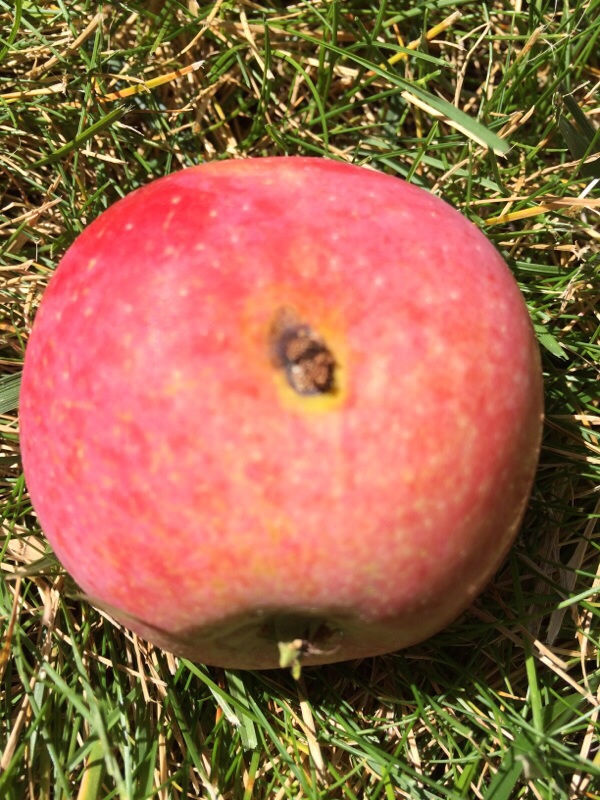
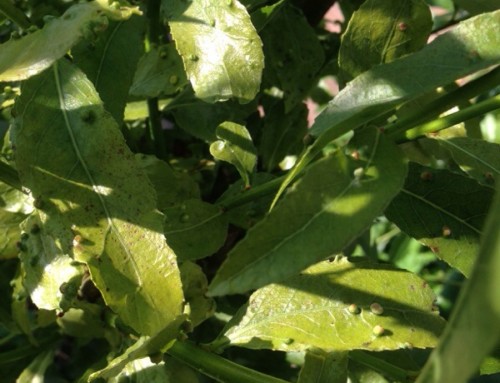
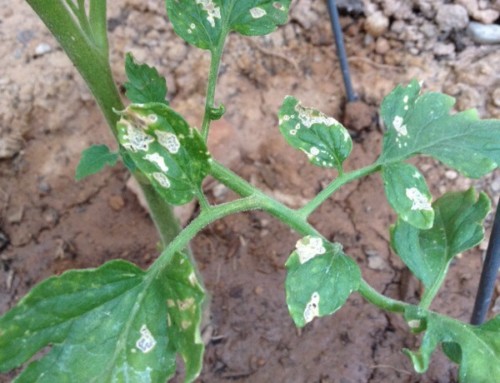
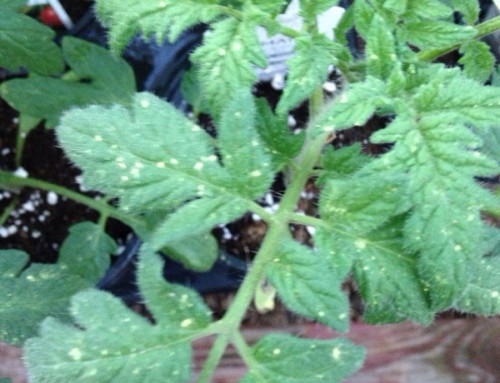
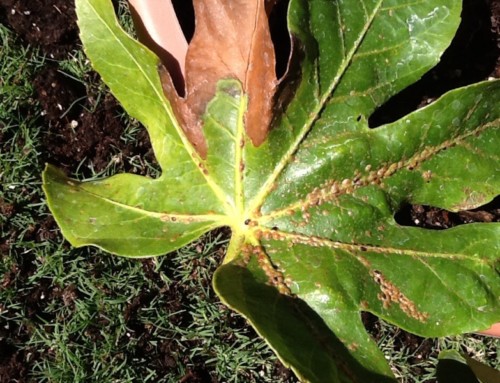
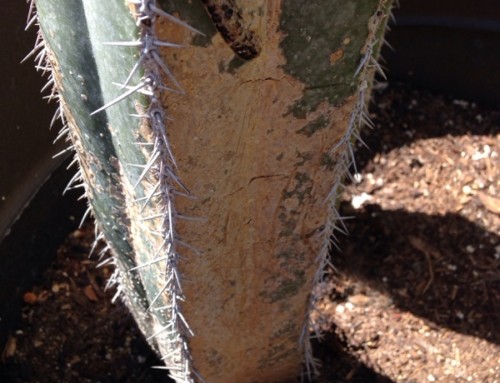
These pest rage havoc on the fruit production if left untreated. It really is tough to watch when they wipe out entire farms.